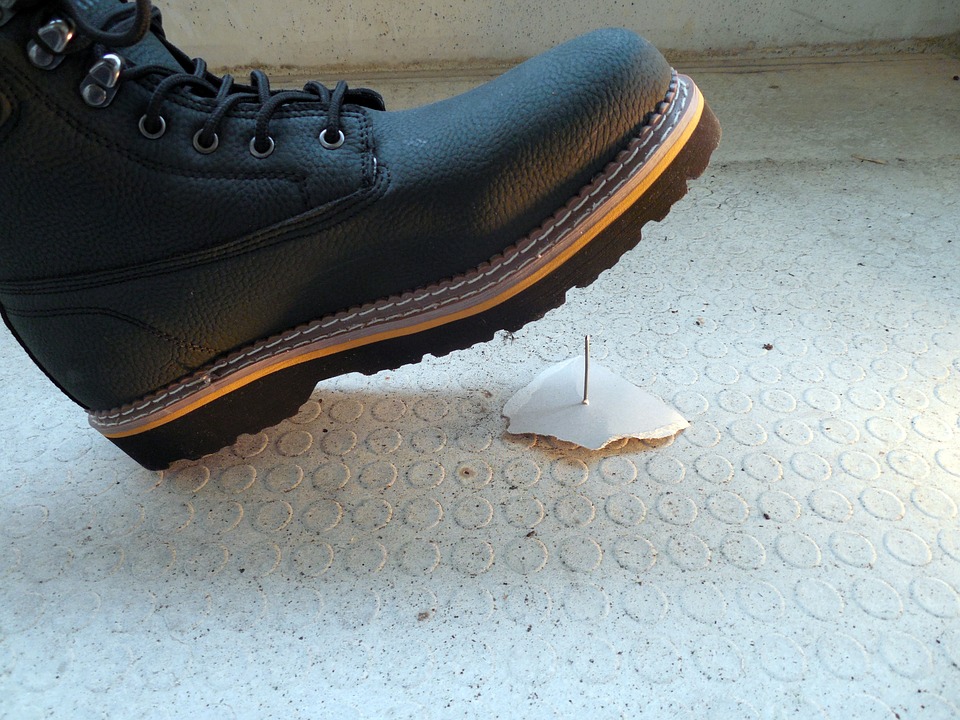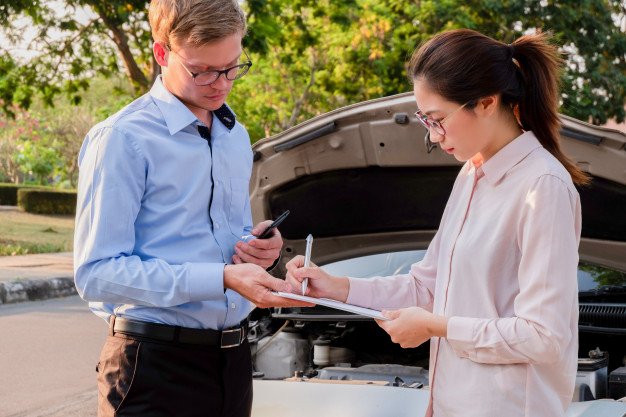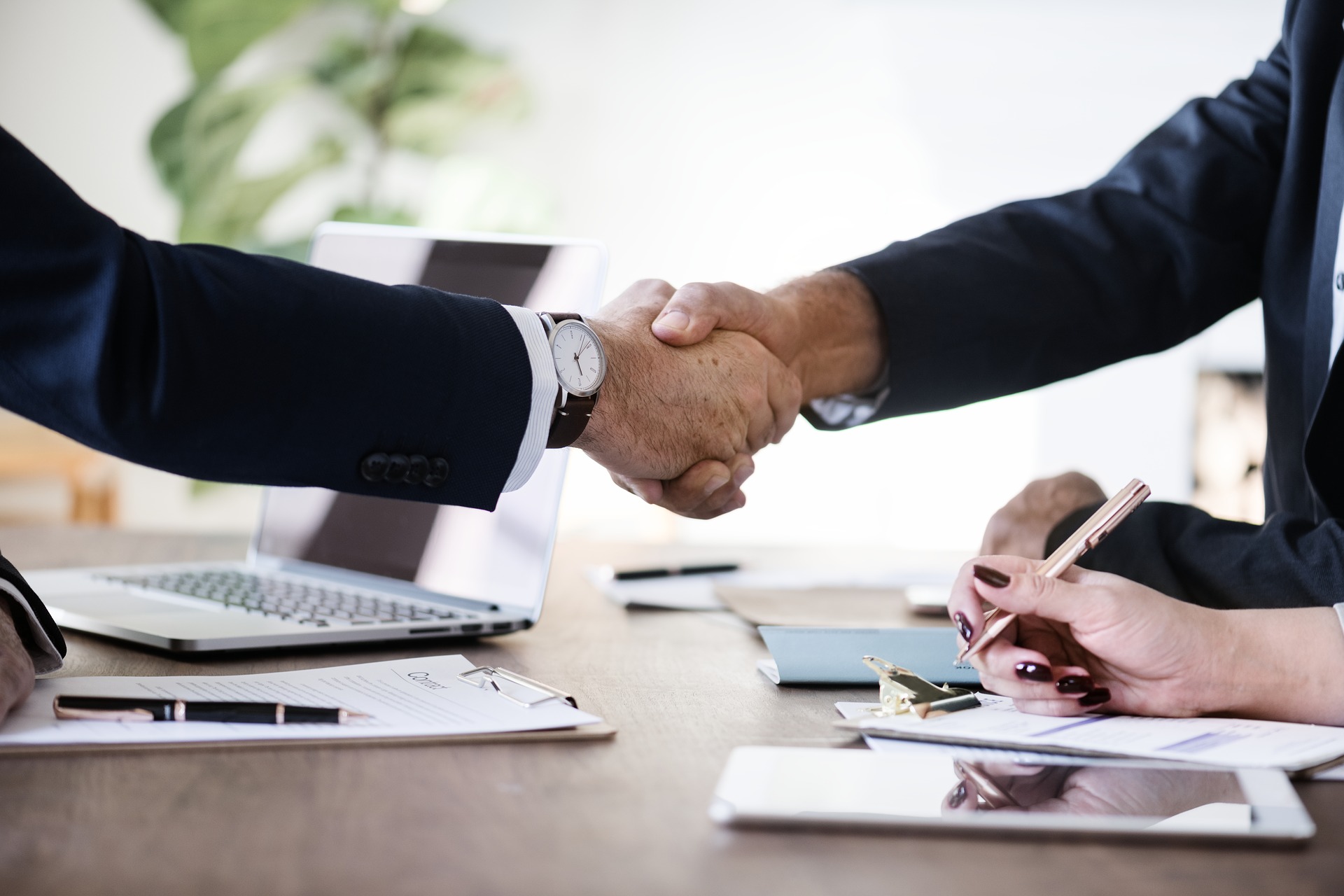If the world were a perfect place, when you sustained a personal injury at work the steps would be simple – unfortunately, knowing what to do when you get injured at work is not always so straightforward. In an ideal world, you would report your injury to your boss and the WSIB (Workplace Safety and Insurance Board), go through the medical examinations, and be compensated fairly until you’d healed up and were ready to work again. The reality of it, however, is not so simple: getting through your personal injury and obtaining fair compensation can be a far more complicated process. Even if you don’t think you will immediately require an attorney, you will want to have one on hand just in case.
Why is it so important to have a knowledgeable lawyer involved with your on-the-job personal injury case? A skilled WSIB lawyer usually offers a free initial consultation, specialized service, excellent communication skills, and doesn’t require any retainer on slip and fall or motor vehicle injuries related to the workplace. A WSIB lawyer does not demand contingency fees, which means you don’t pay until your case is settled.
Toronto area work accidents usually fall into one of three categories: slip and fall, car accident, and work accident. In a slip and fall case, when the victim is injured on someone else’s property, the case is governed by the Ontario Occupier’s Liability Act and requires proof of negligence on the property owner’s part. If you have a WSIB lawyer, the process of gaining such proof will be in capable hands.
If you work in the Toronto area and are injured on the job, only legal professionals who have worked closely with the WSIB will be able to understand the complexities of compensation laws. It is extra helpful to find an attorney who was either employed by or has colleagues who were employed by the WSIB (even paralegals who worked with the WSIB would be helpful). The will allow you to be recompensed not only for your injury, for loss of future earnings and other peripheral costs.
Other areas of case expertise a WSIB lawyer should have deal with Future Economic Loss Awards, Non-Economic Loss, Canada Pension Plan (CPP) Benefits, transition back to work disputes, survivor benefits, WSIB appeals, back and neck injuries, occupational disease, repetitive strain and stress injuries, chronic pain, and disputes arising from WSIB decisions or actions.
A good reason to contact an attorney after a workplace-related injury is that there is usually a time limit of six months in which you can submit your claim. When you are recovering from an injury, that time can go by quickly. When you have the legal representation they can walk you through the processes of submitting your claim. They can also mediate benefits and help negotiate when you are required to go back to work.
Dealing with a personal injury claim can be frustrating, and overwhelming. You are entitled to a worker’s benefits, and hiring a lawyer will help you navigate the process.
Read More: Protect Your Rights Today With Domestic Violence Lawyers























